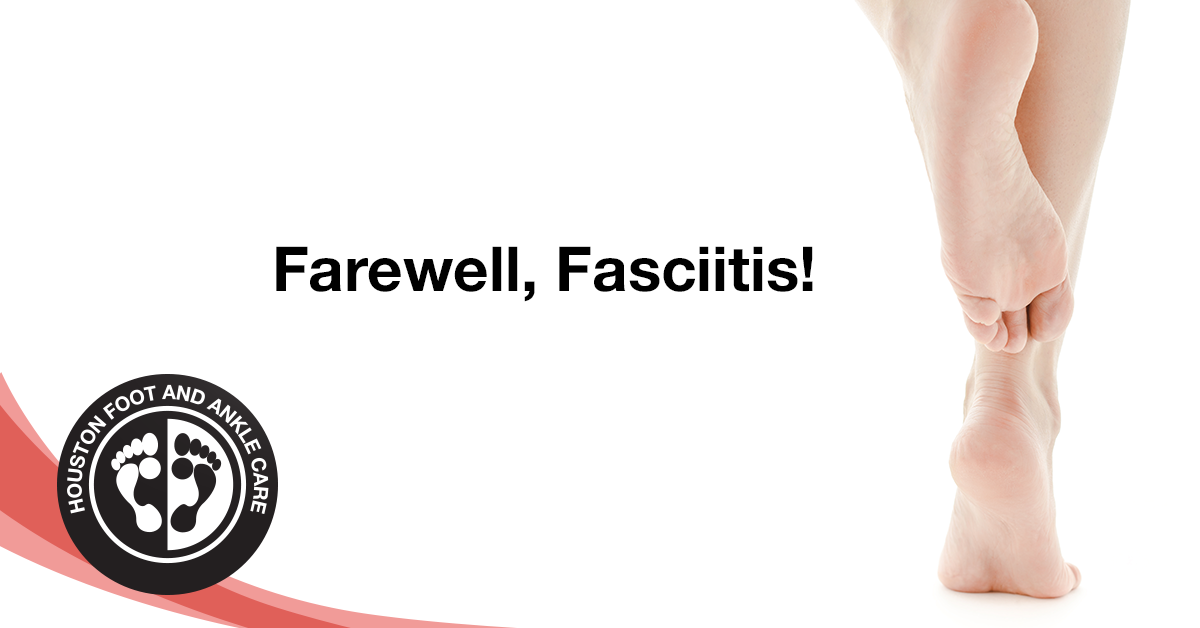Plantar Fasciitis Prevention and Treatment
Plantar Fasciitis: Symptoms, Treatment and Prevention

In this last article in the two part series on Plantar Fasciitis, Brad Walker discusses the normal symptoms of the painful sports accident as well as the most effective treatments once diagnosed. Brad also describes some very important precautionary measures that are crucial to avoid Plantar Fasciitis. A ft . injury such as plantar fasciitis generally occurs in one foot. Bilateral plantar fasciitis is strange and is commonly the consequence of a systemic arthritic condition that is exceptionally rare among athletes. Males suffer from a somewhat greater occurrence of plantar fasciitis than females, perhaps as a result of increased weight in conjunction with greater speed and surface impact, as well as less flexibility in the foot.Typically, the sufferer of plantar fasciitis experience pain upon increasing after sleep, specially the first rung on the ladder out of bed. Such pain is securely localized at the bony landmark on the anterior medial tubercle of the calcaneus. In some instances, pain may avoid the athlete from walking in a normal heel-toe gait, causing an irregular walk as method of payment. Less common regions of pain include the forefoot, Calf msucles, or subtalar joint.After a brief period of walking with this kind of feet injury, the pain usually subsides, but returns again either with vigorous activity or prolonged standing or walking. In the field, an improved gait or abnormal stride style, along with pain during working or jumping activities are tell-tale signals of plantar fasciitis and really should be given prompt attention. Further signs of the personal injury include poor dorsiflexion (raising the forefoot off the ground) anticipated to a shortened gastroc complex, (muscles of the calf). Crouching in a full squat position with the sole of the foot flat on the floor can be used as a test, as pain will preclude it for the athlete experiencing plantar fasciitis, triggering an elevation of the heel due to tension in the gastroc complex.TreatmentTreatment of plantar fasciitis is sometimes a drawn out and frustrating process. An application of treatment should be carried out with the aid of someone experienced and knowledgeable about the affliction. Typically, plantar fasciitis will demand at least six weeks or more to half a year of conservative treatment to be completely remedied. Should such work not provide relief to the athlete, more aggressive procedures including surgery may be considered.The initial goals of physical remedy ought to be to increase the unaggressive flexion of the foot and improve overall flexibility in the foot and ankle, eventually leading to a full go back to normal function. Extended inactivity in vigorous sports is often the price to be paid for thorough recovery. One half measures can result in a persistent condition, occasionally severely restricting athletic ability.As a huge amount of time is spent in bed during sleeping time, it's important to ensure that the sheets at the base of the bed do not constrict the ft ., leading to plantar flexion in which the foot is bent straight out with the toes pointing. This constricts and therefore shortens the gastroc organic, worsening the problem. A home heating pad located under the muscles of the calf for a few momemts prior to growing may help loosen tension, increase flow in the lower leg and decrease pain. Also during sleep, a nights splint can be utilized in order to hold the rearfoot in a natural position. This may assist in the healing of the plantar fascia and ensure that the feet will not become flexed during the night.Attention to footwear is critical in avoiding foot injuries. Every work should be produced to wear comfortable shoes with proper arch support, fostering proper ft . posture. Should arch supports prove inadequate, an orthotic shoe should be considered. Fortunately, most circumstances of plantar fasciitis act in response well to non-operative treatment.Recovery times however differ enormously from one athlete to another, depending on age, overall health and physical condition as well as seriousness of injury. A broad period between 6 weeks and 6 months is usually sufficient for proper recovery. Additionally, the method of treatment must be adaptable with respect to the details of a particular athlete?s accident. Methods that verify successful in a single patient, may well not improve the damage in another.Early on treatment of ft . injuries typically includes the use of anti-inflammatory medication, icing, stretching activities, and heel inserts and splints. Cortisone injections may be necessary to achieve satisfactory recovery and retard swelling. In later phases of the treatment process, typically following the first week, glaciers should be discontinued and replaced with high temperature and massage.It is critical that any activity recognized to produce soreness or trauma to the plantar fascia be immediately discontinued, including any activity relating repeated impact of the heel on a hard surface, particularly, operating. Should pain from the harm persist, additional diagnostic studies should be undertaken to rule out other, more exotic factors behind heel pain including stress fractures, nerve compression injury, or collagen disorders of the skin.
Plantar Fasciitis Prevention and Treatment's Picture
Related Images with Plantar Fasciitis Prevention and Treatment
Plantar Fasciitis: Evidence Based Evaluation and Treatment of Plantar

Houston Podiatrist Adds NonInvasive Tenex® Procedure for Eliminating

This ONE Stretch Relieves Plantar Fasciitis, Shin Splints, Achilles

Treatment and Prevention of Leg and Foot Pain Known as a Charley Horse




0 komentar: